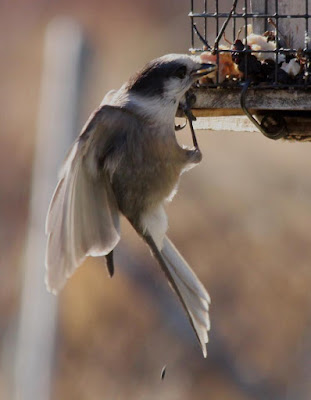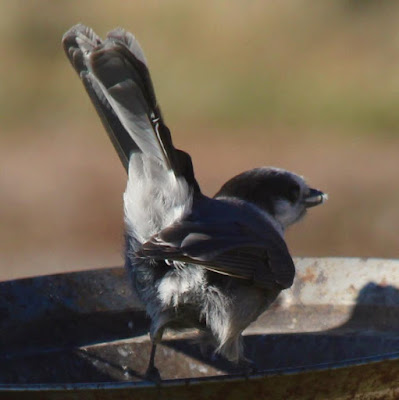Some mid-November Meadow moments. Welcome!
Our dear Whiskey Jacks looking a little bedraggled today. First real snowfall of the year. Hopefully the treats at the feeders warm them up a little.
Looking up ~ way up.
The days are short now. Sunsets sneak up on us.
Welcome to Winter on the meadow. It's a beautiful time of year!






























































